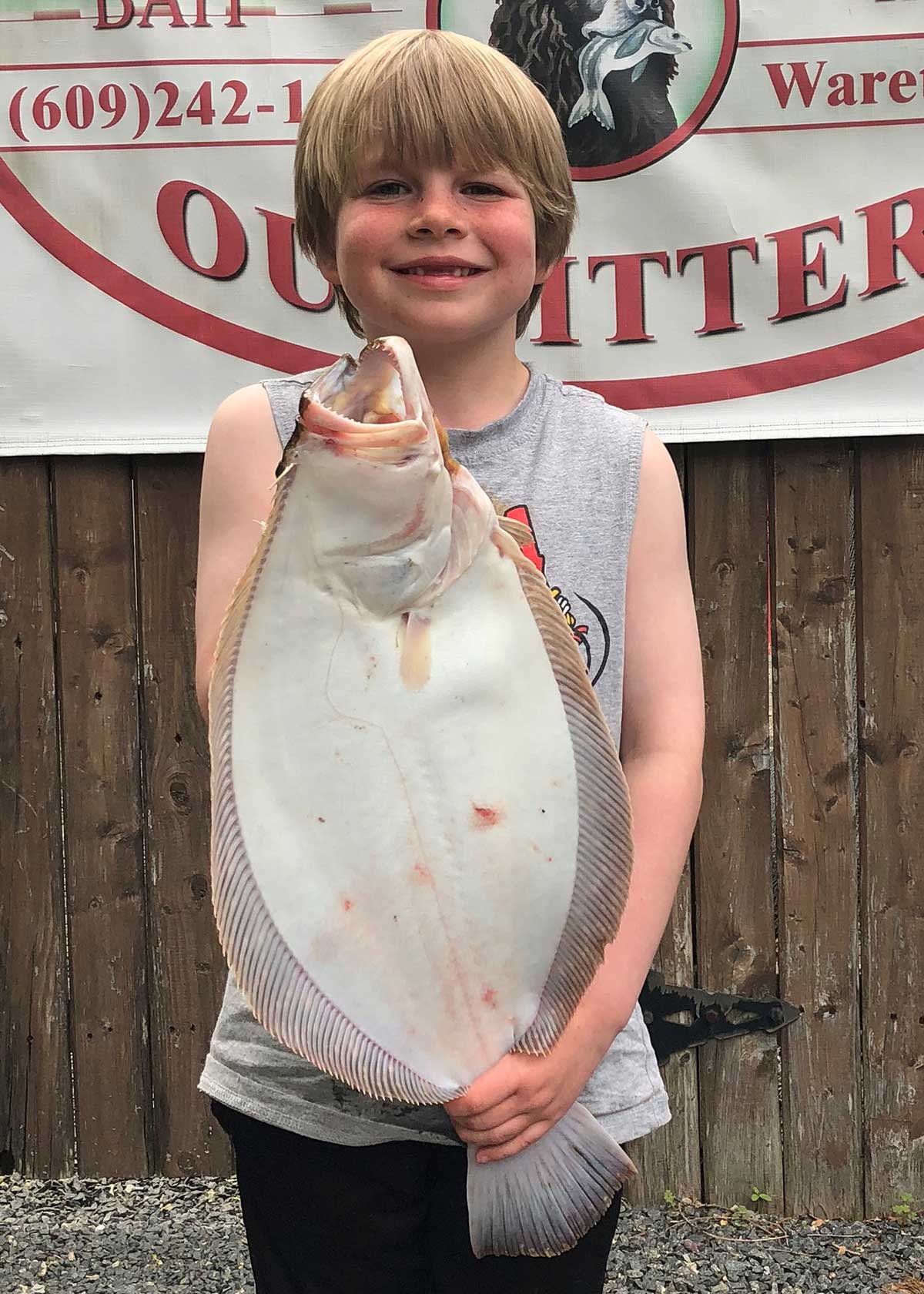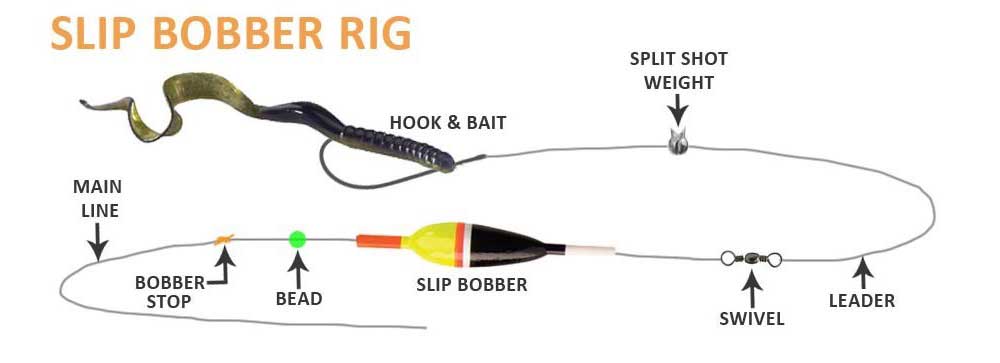By William and John Evans
There’s a time and place for everything, yes, including even the old standards.
The almighty bobber. Yes, the same ones used by kids, later tossed aside for higher tech techniques like bucktailing and fluke spoons. Some tactics may not be new to the world of fishing, but are instead perhaps forgotten.
There is a wide selection of bobbers and techniques out there; we are going to focus on the two main styles and techniques.

The Popping Cork
The popping cork is best used in shallow water applications. We employ a popping cork to be able to control the depth of our baits. This comes in especially handy when fishing shallow water bars and flats. We have all seen the early season reports of fluke being caught in 2 to 8 feet of water. The fluke and their prey, whether it be spearing, sand eels or grass shrimp, like the warmth provided by the shallow water in the early season.
These shallow water areas are also hard for most fluke fishermen to access. This is where the bobber comes in handy. We scale our tackle back to light saltwater gear or medium action freshwater tackle with 8- to 10-pound test braid and smaller hooks to match the bait. We use two techniques to fish these areas. The easiest method allows you to cast the popping cork away from the boat and drift along with you. If you are using a natural bait under the bobber then you just let the bait drift. We will typically use killies and small peanut bunker hooking them through the nose so that the bait can still open its mouth to breathe. You can also hook them upside down, which sometimes makes the baitfish look more erratic.

When using artificial baits, we can use a much smaller lure or jighead tipped with our favorite 3-or 4-in Gulp. We cast the jig and float out, and then pop the cork and slowly retrieve it. Make sure to allow the jig to settle after each pop. This technique will also produce weakfish and bluefish to spice up your day.
The other method used when the water is too shallow for the boat to drift through is to anchor up-tide from the structure that we want to fish. This could be a cut in the bar or the flat itself. You will usually find the fluke sitting in an ambush position along the edge of the flat or near any depth changes. Watch the flats for signs of baitfish spraying, a sure giveaway that predators are present. Once you come tight on the anchor you can cast your offering back so that it is a little in front of your target structure. Then we keep the bail open and let the float drift with the current. When the float goes under or stops then it is time to set the hook.
The Slip Bobber
When we are targeting deeper drop-offs like sod bank edges and areas along jetties and rocky shorelines, we’ll use a slip bobber. Usually it is hard to keep your boat safely positioned along rock walls; this technique came to us as a way to present a bait to those big fluke that sit along those rocks. Usually trying to fish a bucktail in those areas becomes an expensive proposition. After losing too many expensive jigs we decided to try to employ this.

Use the following steps to set up your slip bobber.
- Push your fishing line through the small metal hole in the bobber stopper
- Take the line you just pulled through the hole and pull it tight, now have two sides forming a small loop
- Slide the bobber stopper onto the line roughly an inch up
- Take the access line and pull it back through the bobber stopper
- Slide the bobber stopper to the desired location or depth
We have used slip bobber techniques to deliver large live baits to waiting fluke. Baits for this technique would be peanut bunker, live snapper blues, spot and any other suitable sized bait for fluke to swallow.



